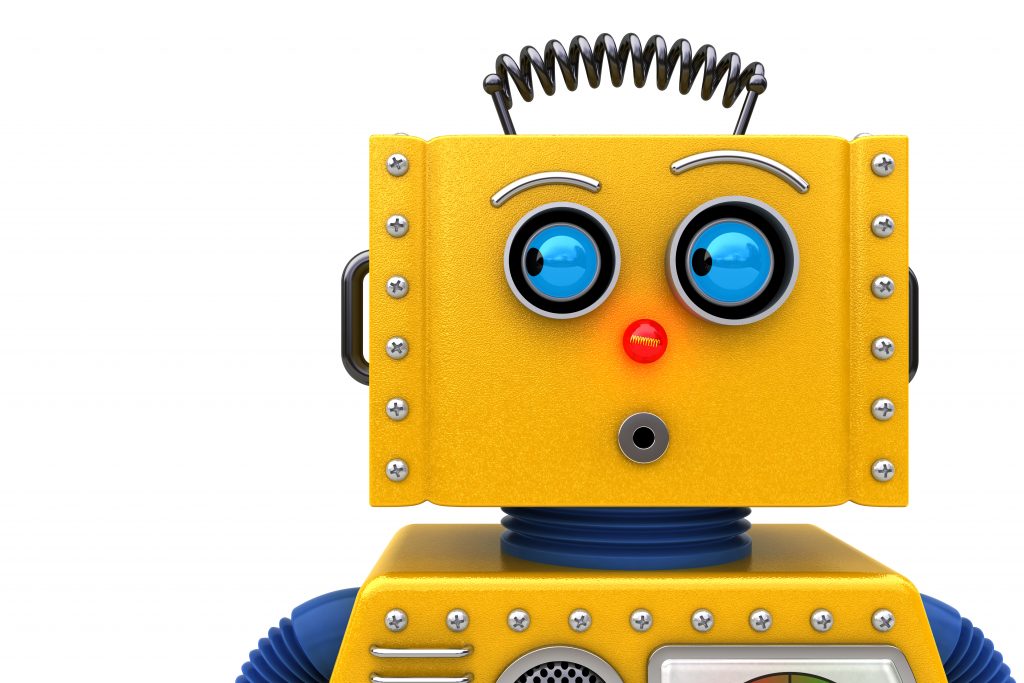AI Dreams and Science Fiction Nightmares

Whether we like it or not, artificial intelligence is the future. But exactly what kind of future that will be is less clear.
Proponents of the new technology hail it as the labor-saving device to end all labor-saving devices and AI companies are scrambling to find new ways to apply it to business, manufacturing and daily life. And while they tout the efficiencies of using artificial intelligence to give companies a competitive advantage in the marketplace, they are less vocal about the costs.
Throughout history new technologies have expanded human capabilities and made things better, safer and faster. That is a good thing for the most part. But mechanization has a price that is measured in displaced workers and defunct industries.
The internal combustion engine combined with assembly-line manufacturing increased mobility and allowed for a wider distribution of people and goods. But the employees of the buggy whip factories soon found themselves out of a job. Likewise, the information technology revolution changed how things are done, forcing other displaced workers to learn new skills and find new jobs.
In the broad sweep of history, the search for new and better ways to do things is a constant theme. From the creation of simple tools that were more effective than human hands alone, the invention of the wheel and the discovery of fire, humanity has sought to make and do things more efficiently. And AI has the promise to create greater efficiencies beyond our wildest imaginations.
But our imaginations have also brought a different perspective on our increasing reliance on machines. In the world of science fiction, the rise of the machines is not the shining gate to peace and prosperity for all. Instead, the robots and artificially intelligent contraptions initially designed to improve the human condition eventually determine the only path to human survival is the destruction of humanity.
To be sure, this is fiction. But in the realm of unintended consequences, it is a motif that comes up again and again and may end up being a self-fulfilling prophecy.
Consider how much AI has already become part of the fabric of society. Anyone tapping out a text message or writing a document encounters it, in the form of predictive text and grammar corrections. These are relatively benign examples, yet they can become quite annoying. And everyone has experienced the predictive text robot substituting what it “thinks” you meant to say with what you actually said causing embarrassment at best and bruised feelings at worst.
With so much hype about artificial intelligence and how it can increase profits and productivity, lower costs and make life a bowl of cherries for business owners who accept it, it is harder to see any downside. But already there are professionals in many creative disciplines feeling the robotic pinch of AI. Graphic artists trying to protect their work from unauthorized use are finding it too easy for potential customers to simply have an AI program create a drawing in the style of a seasoned designer without having to hire one. Voice generation bots can eliminate the need to hire voice actors for commercial work. As AI programs become more capable and accepted, the list of potential displacement will only grow.
This is not to say that AI is bad. But it is also not the panacea that will solve all our problems and make us better at our jobs and give us more free time to pursue other interests. It is a tool, like the wheel, that can transform society and create new possibilities across industries. Let’s just hope it doesn’t run over us in the end.






